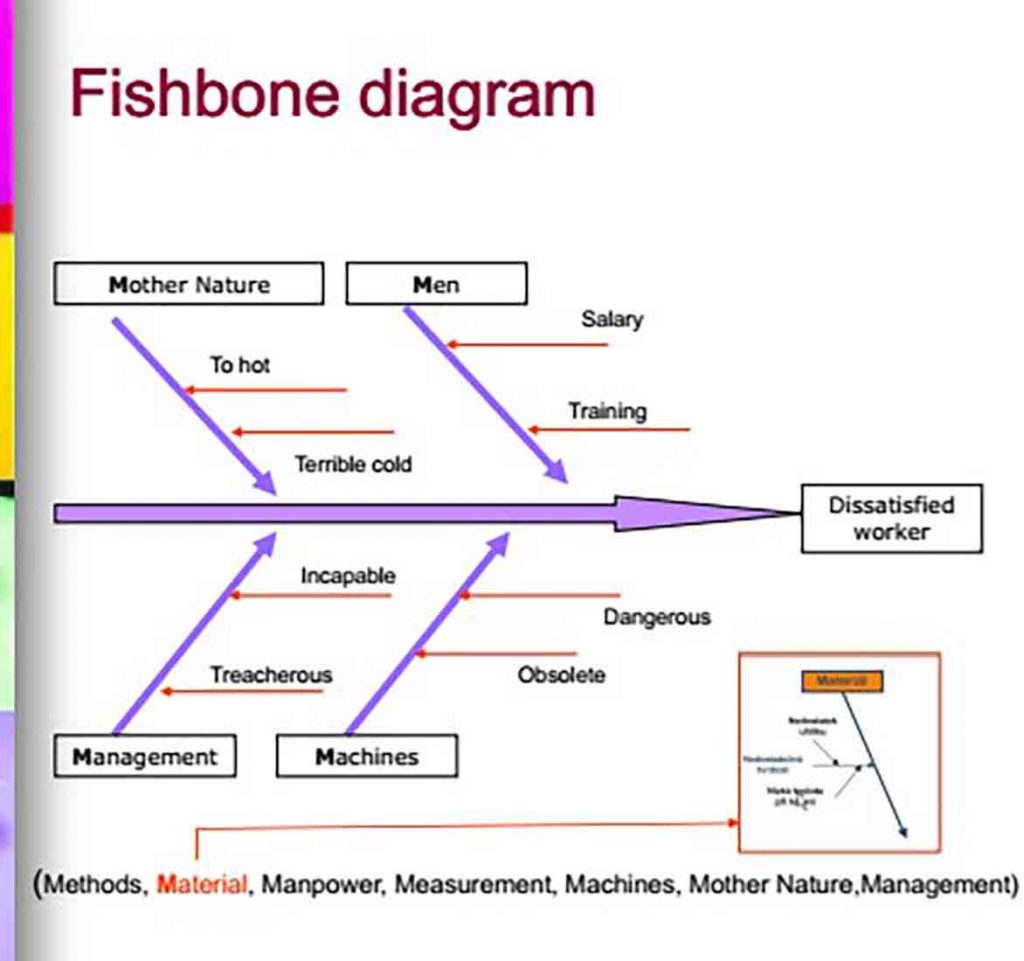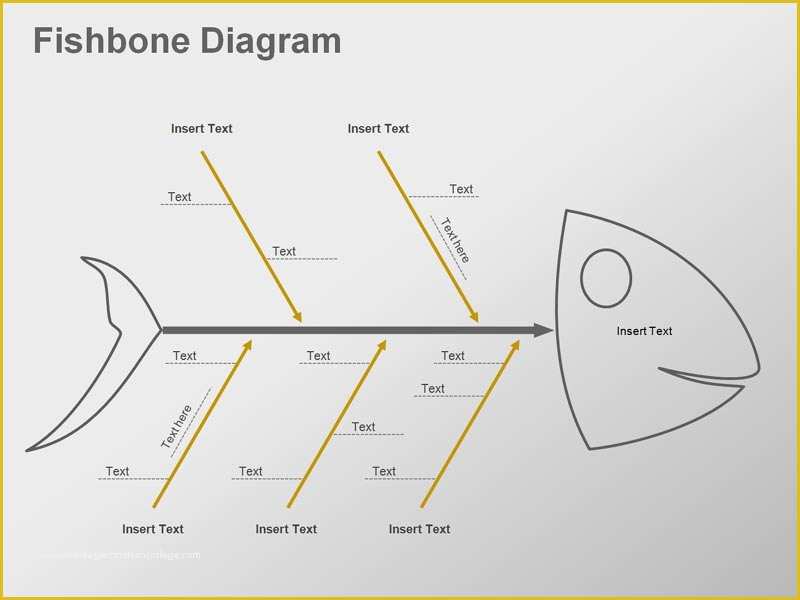

The Fishbone diagram is initially known as a quality tool. “A Fishbone diagram is defined as a visual tool designed for the team to identify the potential cause of the issue and move on to a solution.” Ishikawa diagram is named after an organizational therapist, a quality management innovator, and an engineering professor at the University of Tokyo, kauoru Ishikawa, in 1960. Fishbone Diagram – Definition!įishbone Diagram is well known as the “Cause and Effect diagram” or” Ishikawa diagram.” Participants attending this Lean Fundamentals course will gain the skills necessary to utilize Lean methodologies, decrease expenses, reduce cycle times, increase volume, and improve production in Service, Manufacturing, Supply Chain, and Operations. The Lean Fundamentals training focuses on improving an organization’s overall efficiency, quality, and customer satisfaction. Want to super change your career? Then choose Invensis Learning Lean Fundamentals certification. Hence, there comes the concept of the “Fishbone diagram.” Having a structured approach can help overcome this issue in such a scenario. However, at times, it becomes difficult to identify the underlying root cause of the issue. So, in the initial phase of the business, when something goes wrong, it’s vital to understand the root cause of the issue to prevent it from happening further. CoursesĮxcerpted from The Quality Toolbox, Second Edition, ASQ Quality Press.Irrespective of the business domain, problems can occur in any business in various forms. The authors explore how digitizing one of the seven basic quality tools-the fishbone diagram-using mind mapping can significantly improve the tool. Make one with the Six Sigma package in R.įish(bone) Stories ( Quality Progress) The method behind the fishbone diagram is older than many of its users.

#FISHBONE ISHIKAWA DIAGRAM SOFTWARE#
Quality Nugget: Creating Ishikawa (Fishbone) Diagrams With R ( Software Quality Professional) A fishbone diagram connects causal links in major categories with an outcome, or effect.


The Quality Toolbox, Second Edition Articles Booksīusiness Process Improvement Toolbox, Second Edition You can also search articles, case studies, and publications for fishbone diagram resources. The resulting diagram illustrates the main causes and subcauses leading to an effect (symptom). Start using the fishbone diagram template and analyze process dispersion with this simple, visual tool. "Iron tools" can be considered a "Methods" problem when taking samples or a "Manpower" problem with maintenance personnel. "Calibration" shows up under "Methods" as a factor in the analytical procedure, and also under "Measurement" as a cause of lab error. Note that some ideas appear in two different places. Layers of branches show thorough thinking about the causes of the problem.įor example, under the heading "Machines," the idea "materials of construction" shows four kinds of equipment and then several specific machine numbers. The team used the six generic headings to prompt ideas. This fishbone diagram was drawn by a manufacturing team to try to understand the source of periodic iron contamination.


 0 kommentar(er)
0 kommentar(er)
